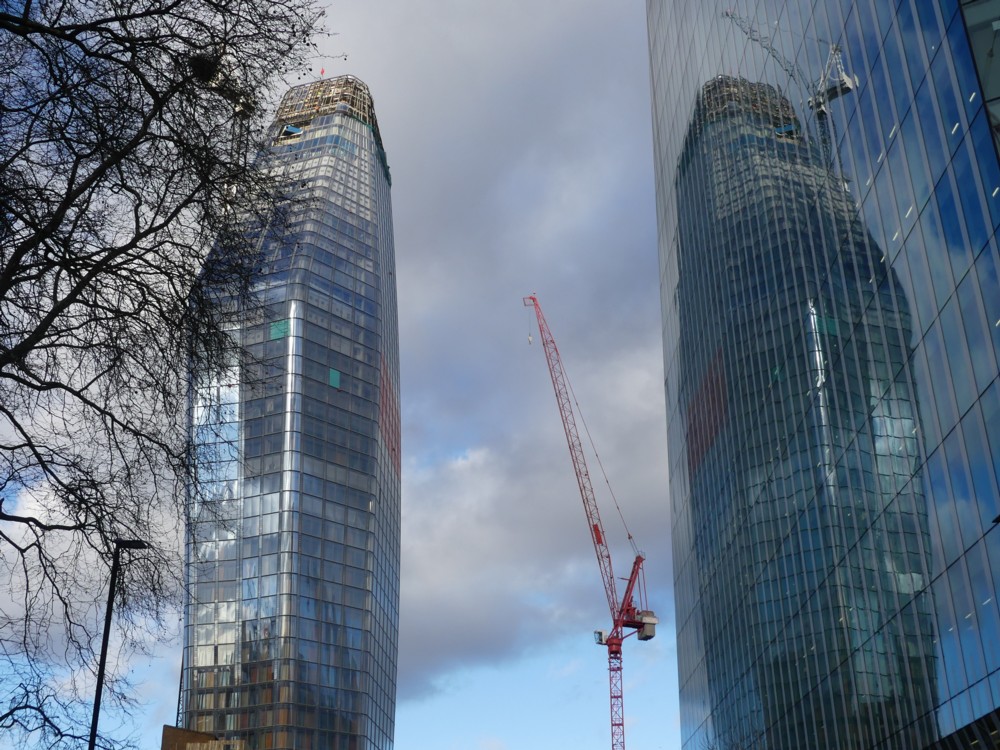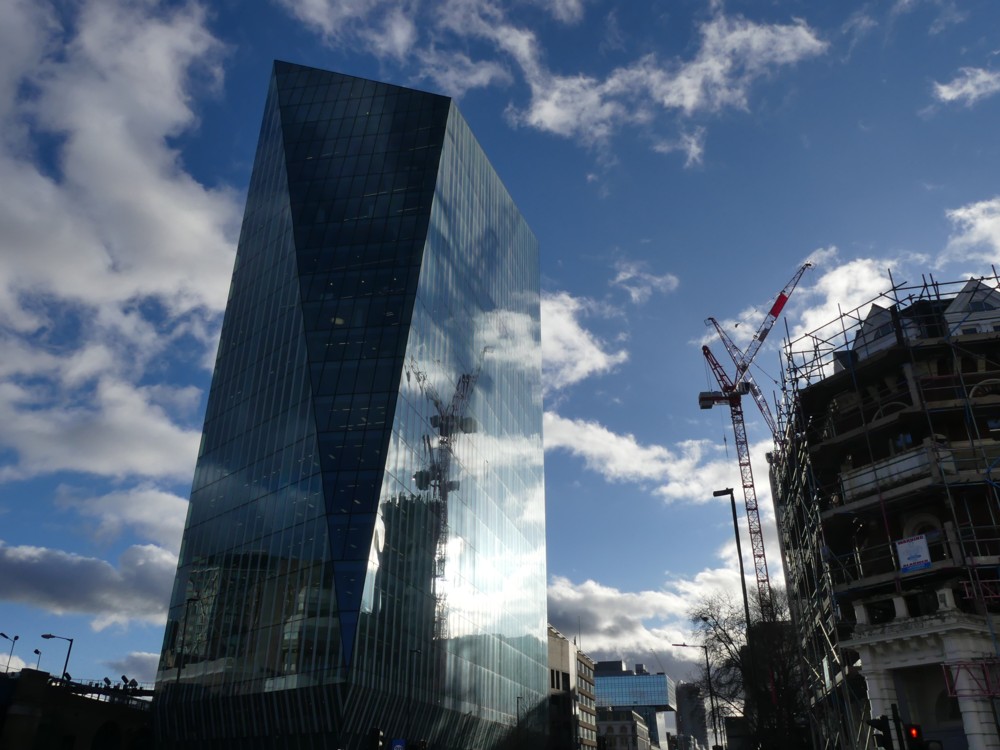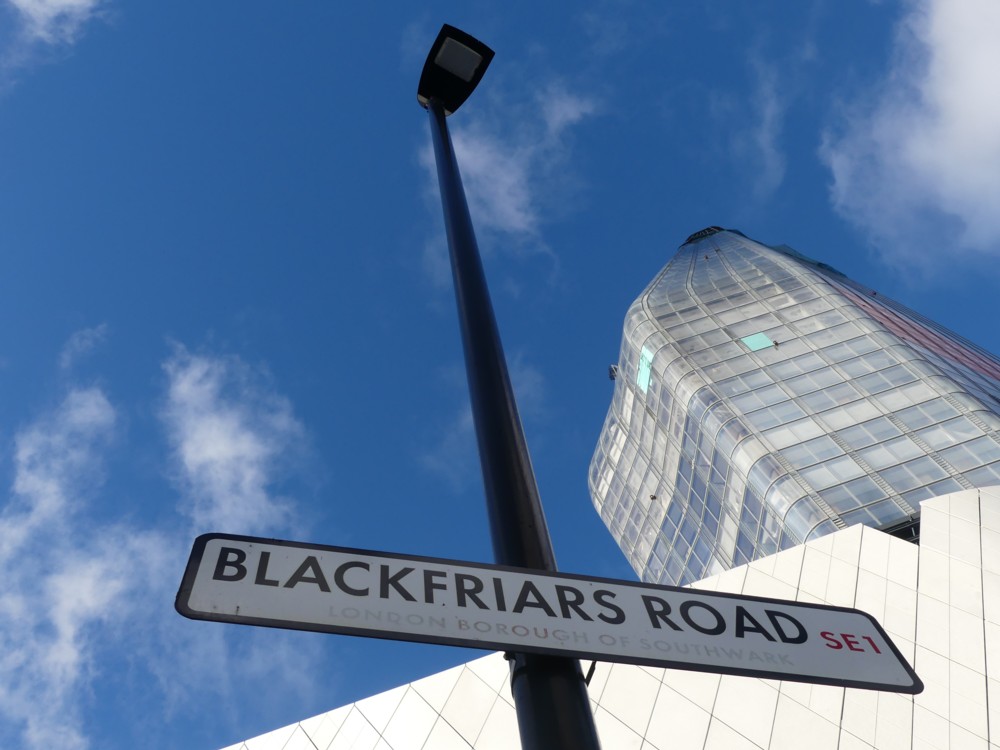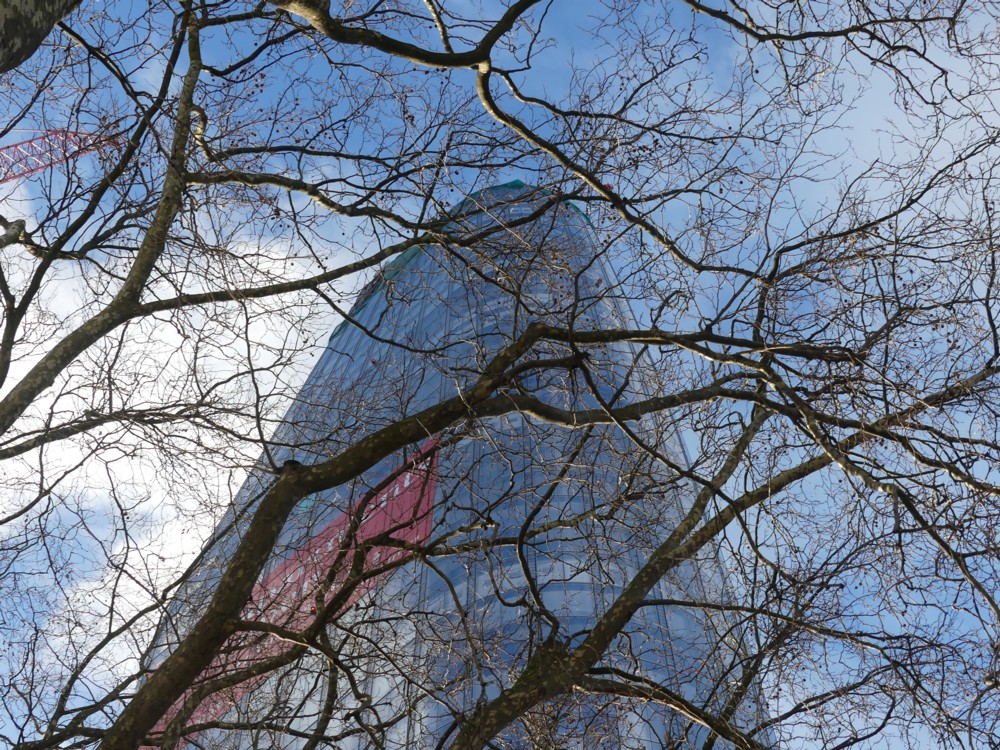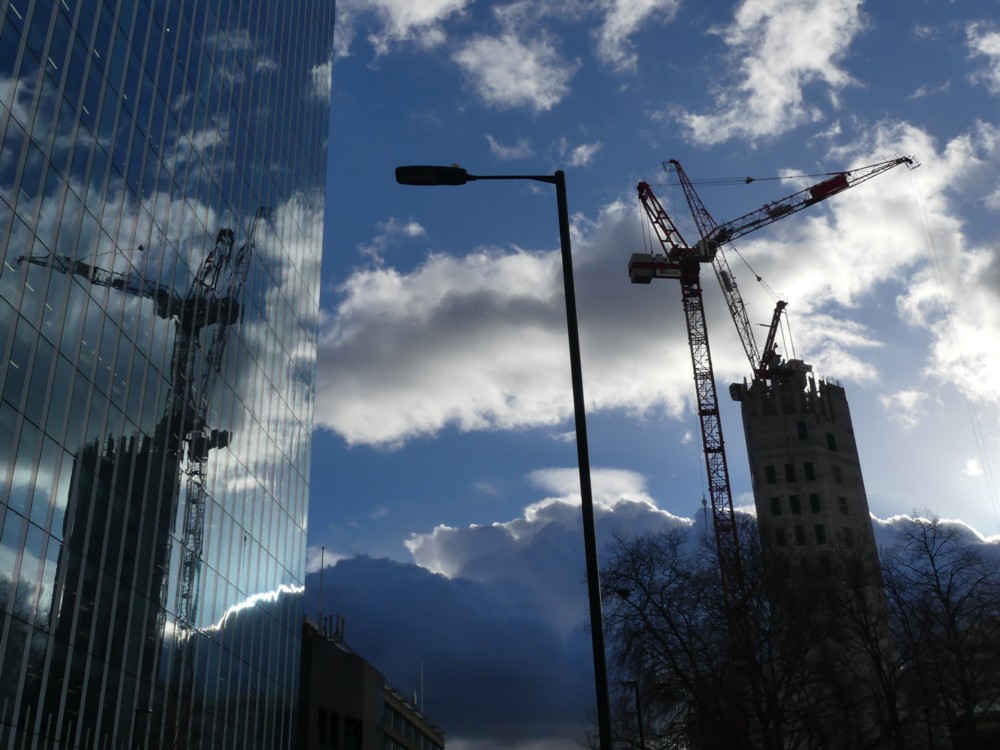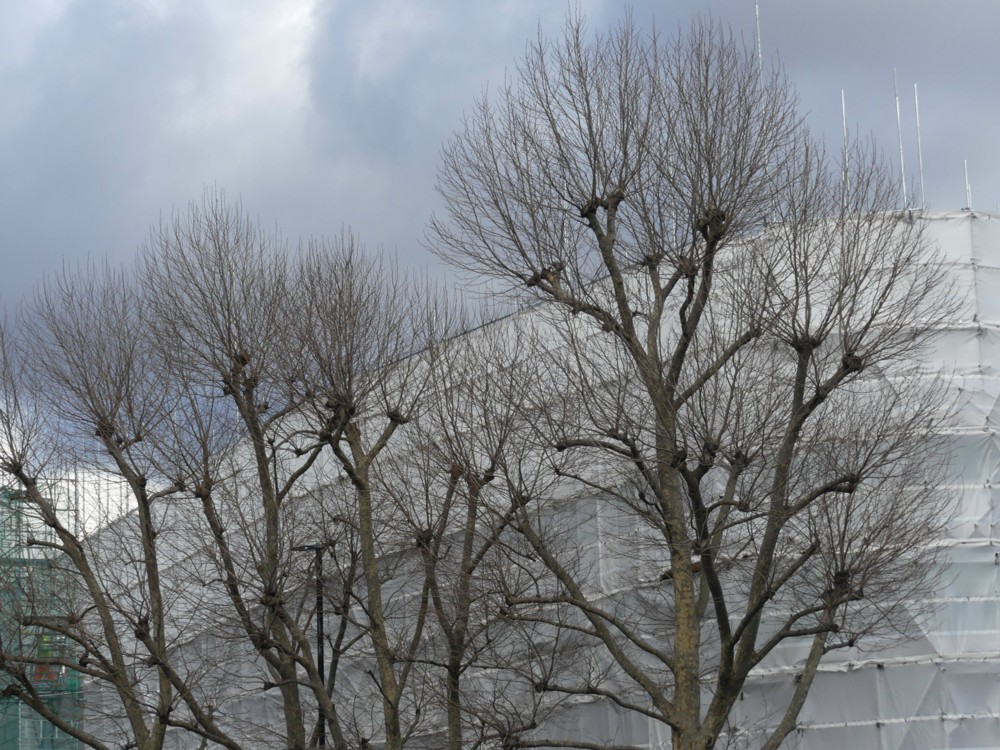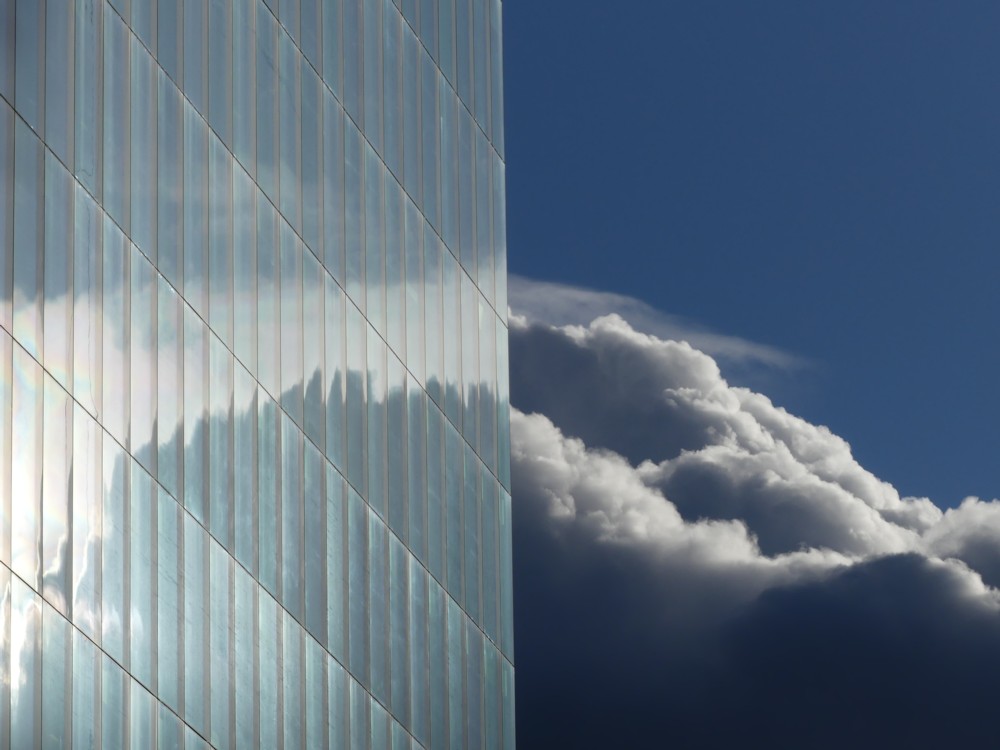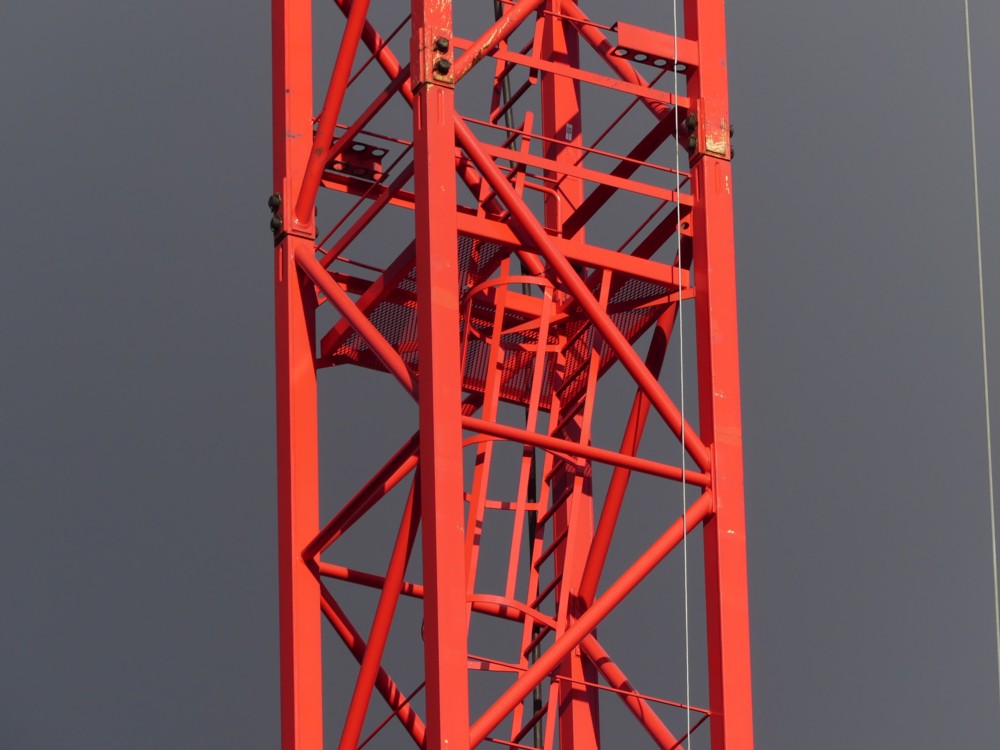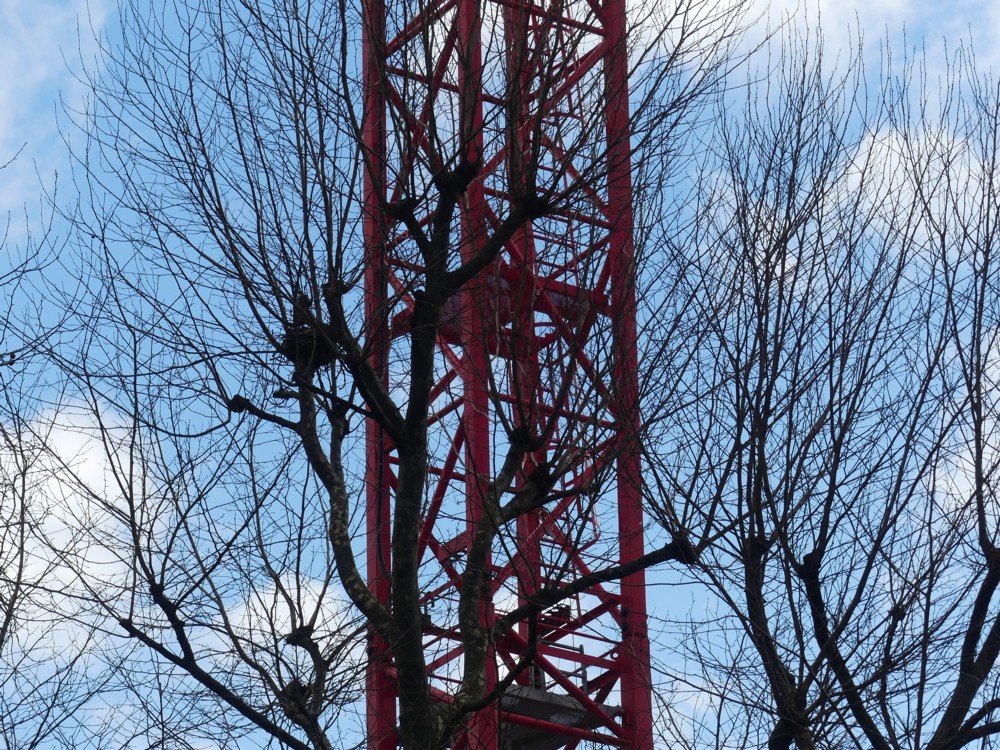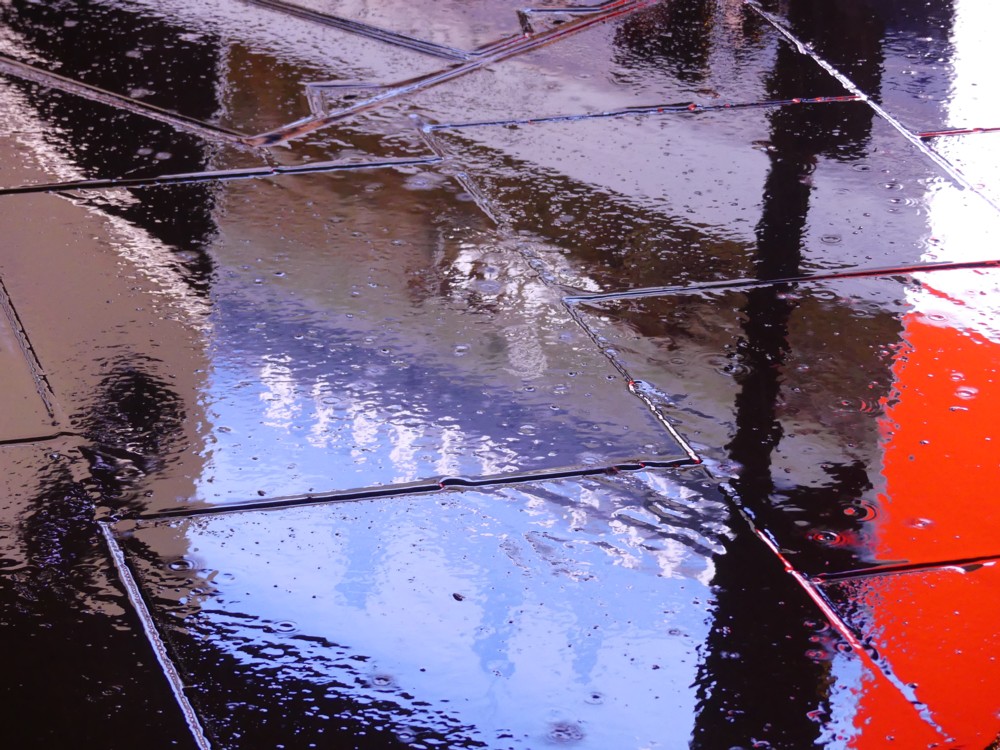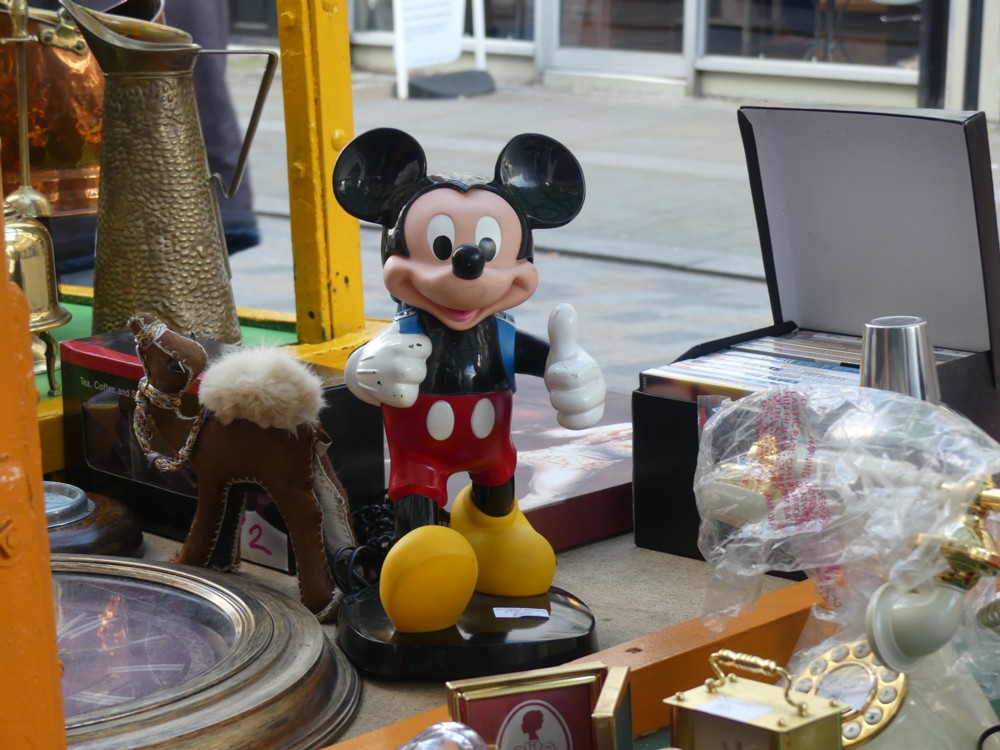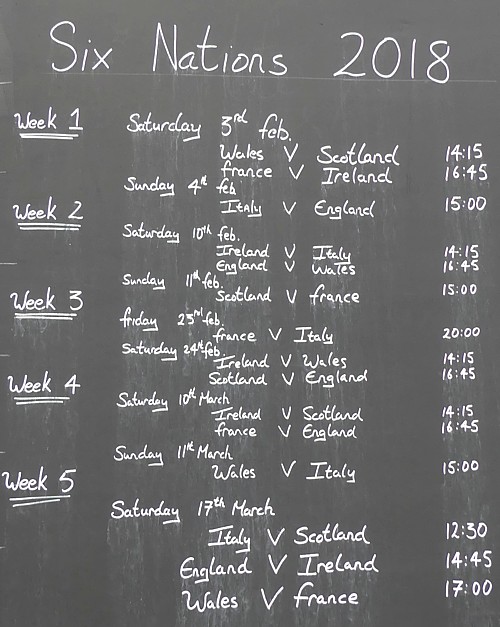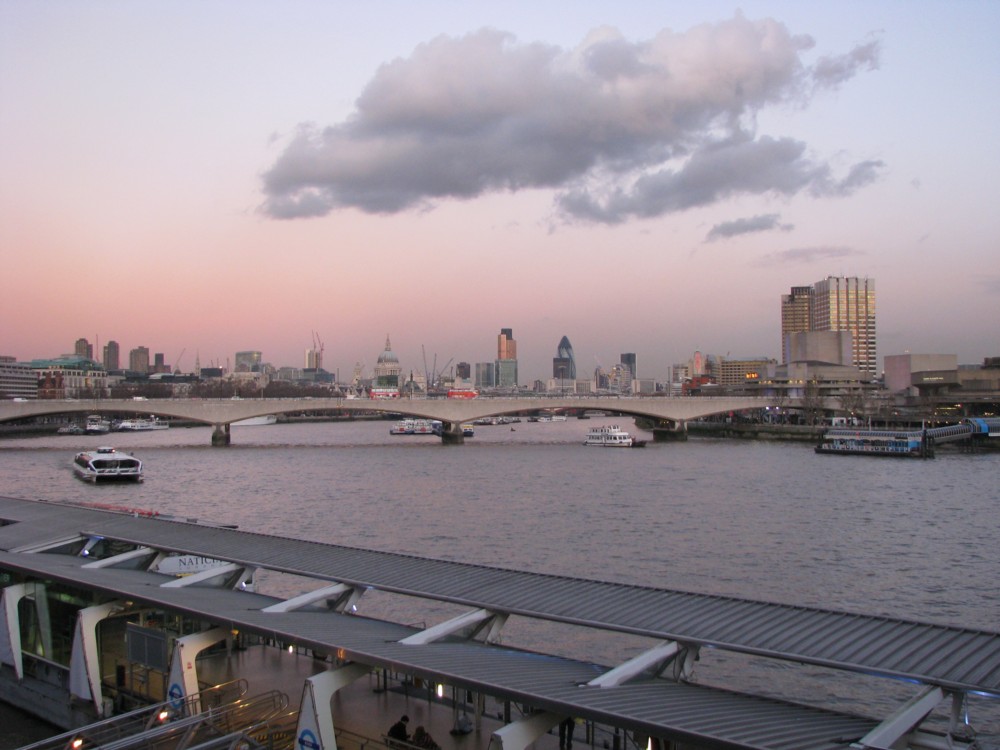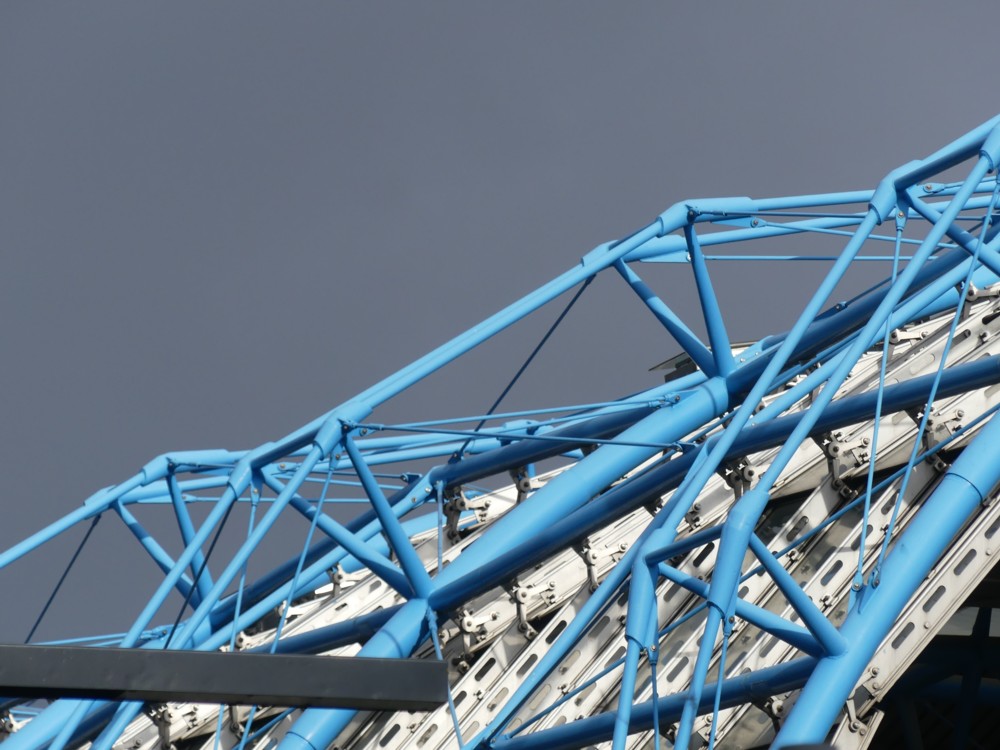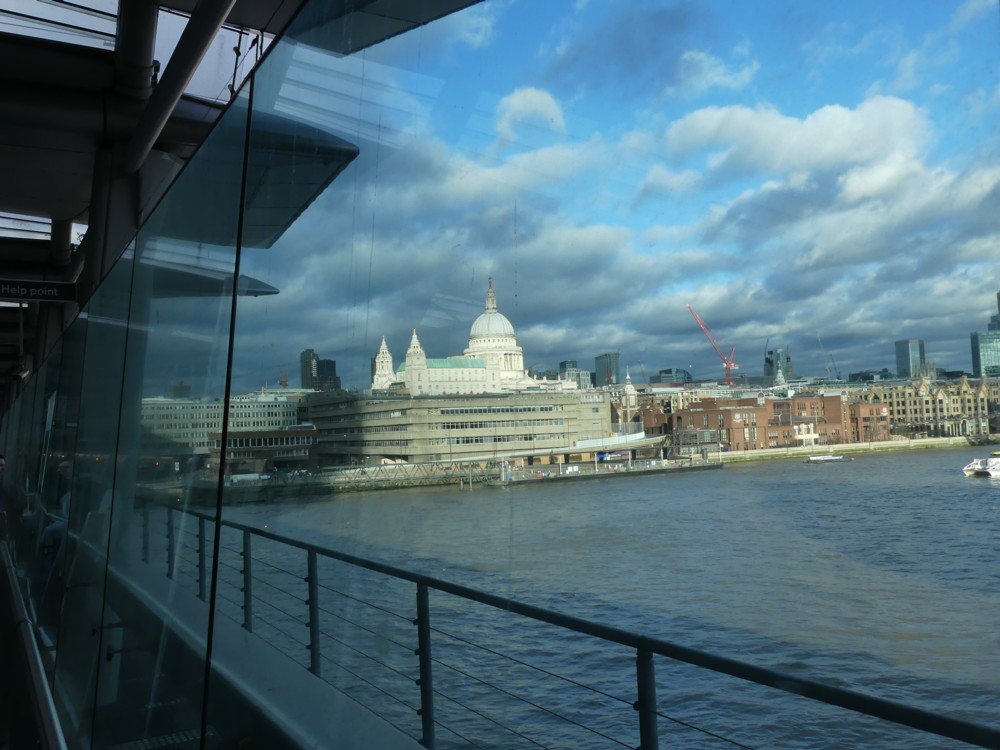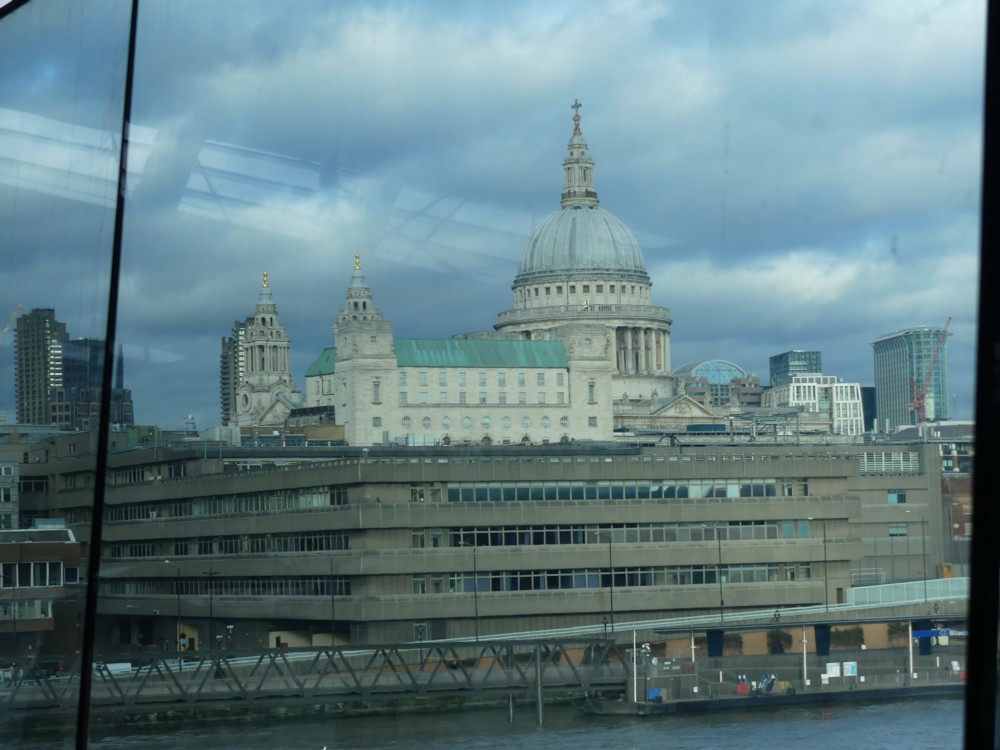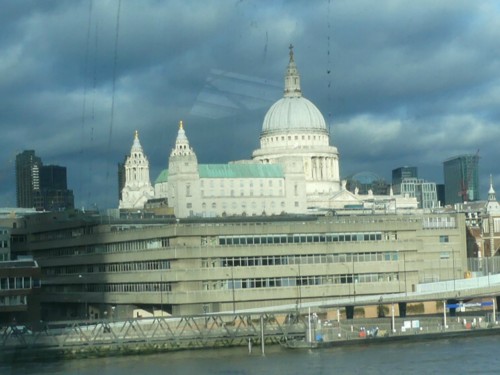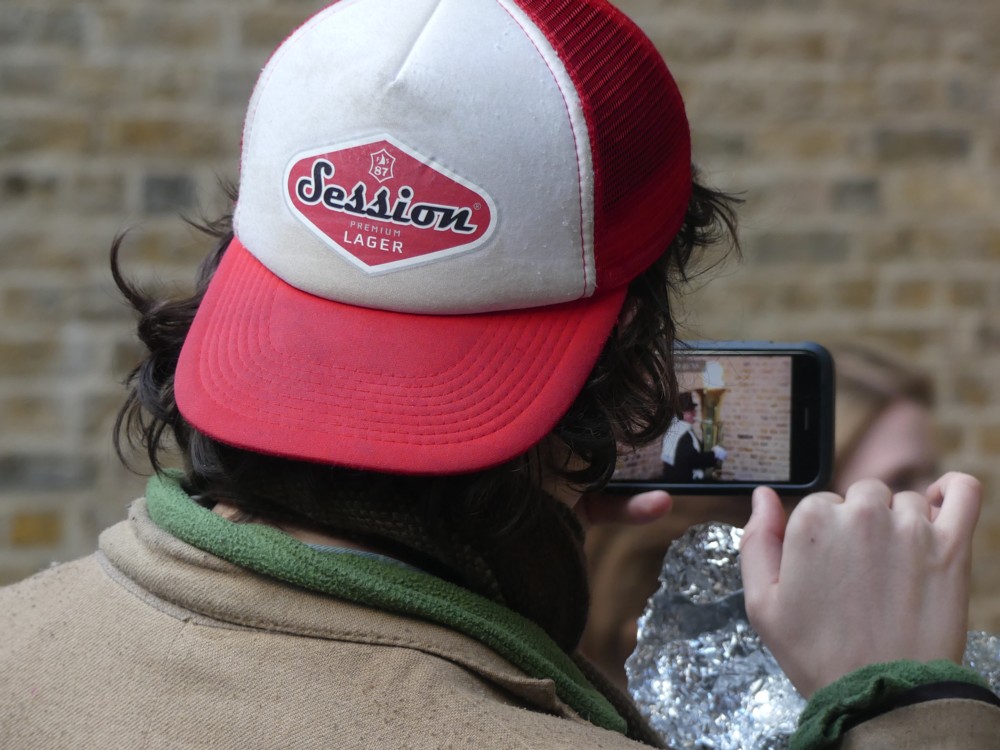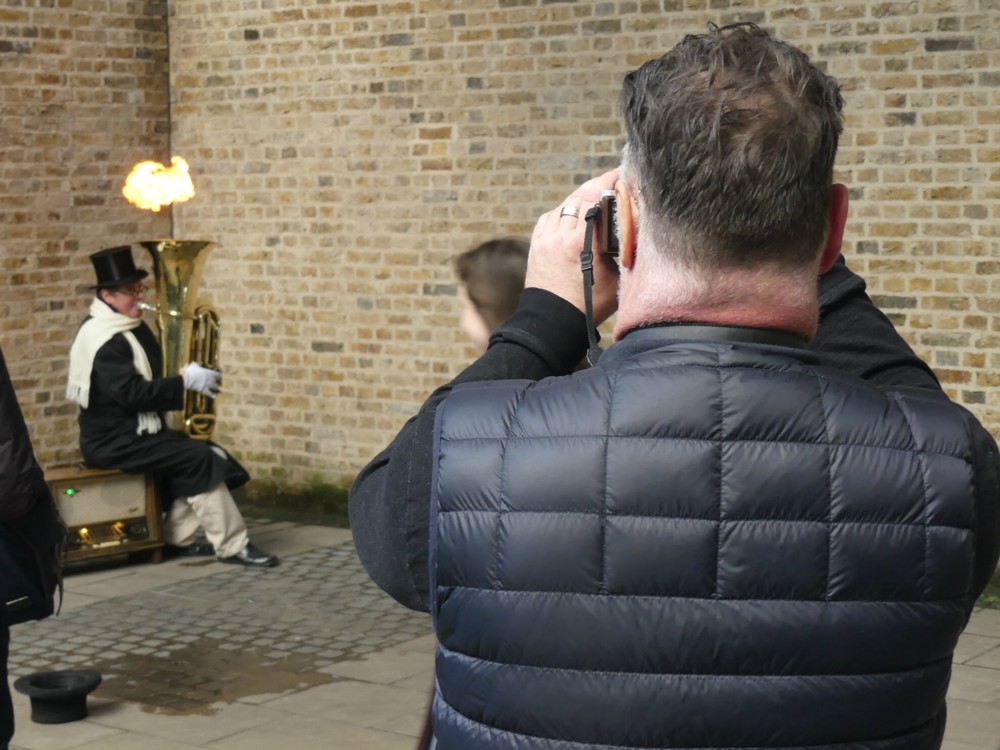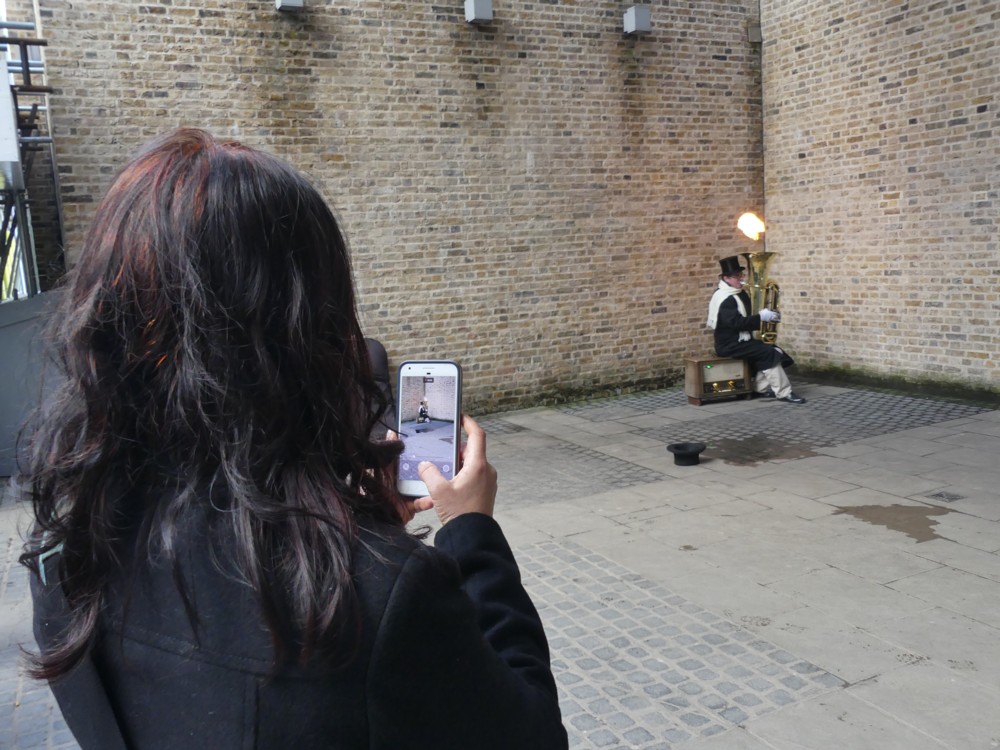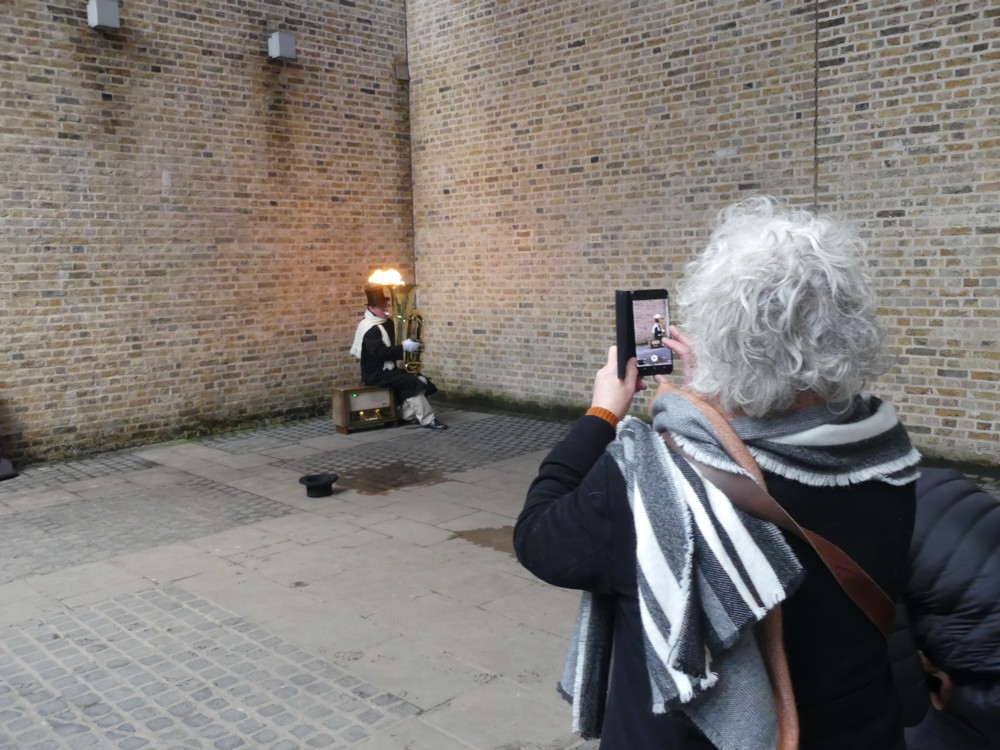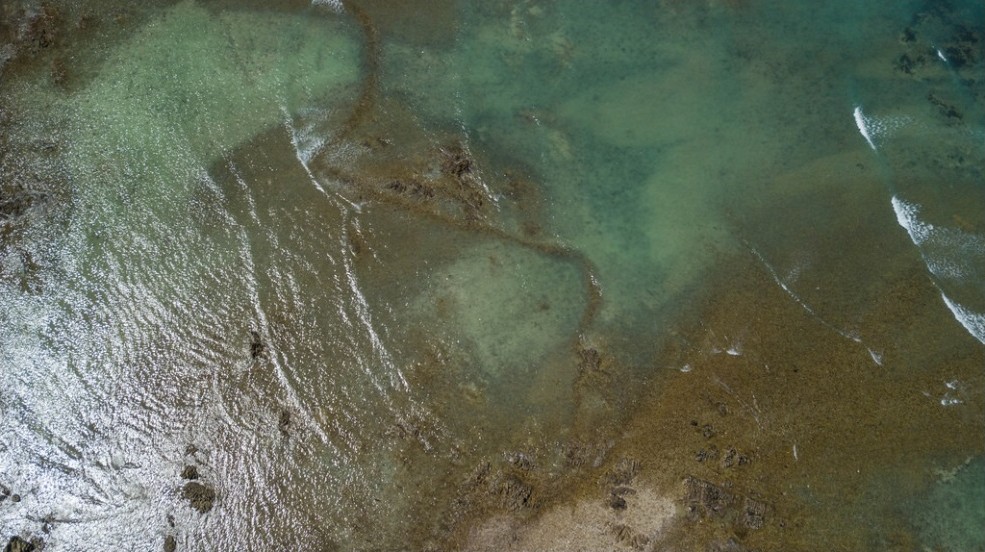Yesterday afternoon GodDaughter2 arranged for me to be in the audience (which was mostly singing students like her) of a master class presided over by American operatic tenor Michael Fabiano, a totally new name to me. He should not have been. My bad, as he would say. Very impressive. Very impressive.
This event was the most recent one of these. But they scrub all mention from there of the past, however immediate, so no mention there of Fabiano, which there had been until yesterday.
Here are a few recollections I banged into my computer last night before going to bed. Not tidied up much. I just didn’t want to forget it.
Sing, every note, all the time – switch off singing and then when you need to switch on again, you won’t be able to do it.
Singing is not just done with two little things in your throat. Sing with your whole body, from head to toe. Including your balls. (The student singers he was teaching were all guys, two baritones, two tenors.) I hope you don’t mind me saying such things. (Nobody did.)
You must sing to the people way up in the roof. They must hear every note you sing. Not just the people in the first five rows.
Don’t be afraid to take a breath – I’m a great fan of breathing when you need to breath – no seriously
First note is critical. Final note is critical. You can screw up in between. But first note bad can mean they’ll hear nothing further. Final note good, and that’s what they’ll remember.
Stay firmly planted on the floor. Stand how you stand in the tube, when you have nothing to hold on to. Don’t rise off the floor on your toes when it gets difficult.
Stay relaxed by going to your “happy place” in your mind.
In auditions, don’t be bound by rules that box you in. Break those rules, do whatever you have to do to do what you do. Applies to all artists.
Piano accompanists: play louder, like an orchestra. Louder. Twice as loud as that. (He spent a lot of time conducting the pianists.)
Go for it. (Said that a lot.) Be free. Fly like a bird. Never relax your wings (keep singing) or you fall to the ground.
In my opinion … this is my opinion …
Make progress as a young singer by finding one or two people whose judgement you trust. Follow their advice and work hour after hour, day after day, with them. A hundred people advising is confusion. One or two is what a young person needs.
How to make the transition from student to real singer? With difficulty. I began by doing 22 auditions all over Europe. First 21, I followed the rules, stood in the spot marked X: nothing, failure. 22nd audition: disaster. Fell over at the start, literally. But laughed at myself. Good middle notes, they knew I had a cold, but also a good personality. Got work. They trusted me to do better.
Mentor? Renee Fleming was one. Sang next to her on stage. Her voice ridiculously small, on stage. But, my agent way up at the back heard everything, and wept. I then sat way up there myself and listened to Fleming sing equally quietly, heard everything and was equally moved
Sing oh well and sing ee well, and you’ll sing ah well. (Think that was it.) …
And probably lots more that I missed. But, I now find, you can watch the whole thing on YouTube. However, the length-to-content ratio of watching something like this on YouTube is such that you, if you have got this far in this posting, are much more likely to make do with reading what I just put. So let’s hope I didn’t get anything too wrong. Plus: more mentions of this event, with video bits, at the RCM Twitter feed. Fabiano also tweets, of course. More reaction to yesterday there.
There were four student singers on show, first two being baritones, and in the second half, two tenors. The most extraordinary moments of this event came in the second half, when the two tenors took it in turns to sing things that Fabiano has presumably sung for real, as it were. And occasionally, to illustrate a point he was making, Fabiano would sing a snatch of the thing himself.
At which point, as the young people say these day: OMG. His sound was about four times bigger than what the students were doing. (The first of these moments got Fabiano a loud round of applause.) Fabiano’s talk, about filling the entire 2,500 people place, was a hell of a lot more than talk. He does this, every time he sings in such a place. The message was loud and the message was clear. That’s what you guys must aim for. That’s what it sounds like.
The good news is that the first tenor in particular (Thomas Erlank), was taking audible steps towards being an opera star, after only a few minutes of badgering from Fabiano. I think you’re great, said Fabiano, which is why I’m being so hard on you. Fabiano didn’t say those exact words to any of the others, so that will definitely have counted for something, in Erlank’s mind. You could see him getting bigger, as Fabiano both talked him up and hacked away at his mistakes.
Of the others, the one who particularly impressed me was the second baritone (Kieran Rayner), who looked and behaved like a trainee accountant, but who sang like a trainee god. By the time Fabiano had been at him for a bit, he started to get a bit more like an actual god. The sheer sound of Rayner’s voice was beautiful from the start, I thought. As did Fabiano.
Fabiano made a big deal of vibrato, which he seemed almost to equate with singing. But vibrato is, for me, a huge barrier. Rayner did do enough of it to satisfy Fabiano, but not nearly enough to put me off. I mention this because I believe that I am not the only one who feels this way. Too much wobble, and it just sounds like wobble and nothing else. Singers who overdo the wobble never break past that oh-god-it’s-bloody-opera barrier. But not enough vibrato, and they don’t get to fill those 2,500 seat opera houses. And even if they do, no OMG, Fabiano style.
Final point, by way of summary. When each singer did his performance, Fabiano made a point of going to the back of the hall, to hear how it sounded there. Fabiano made no bones about it that what concerned him was not how you or he felt about it while doing it, or how Renee Fleming sounded to him when he was standing on the stage right next to her. What matters is the effect it has on the audience, all of the audience, including and especially the audience in the cheaper seats. Are they getting what they came for and they paid for?
Deepest thanks to GD2 for enabling me to witness all this.

